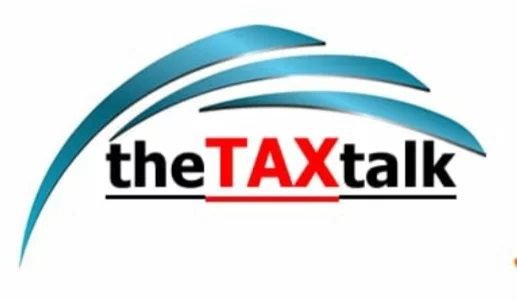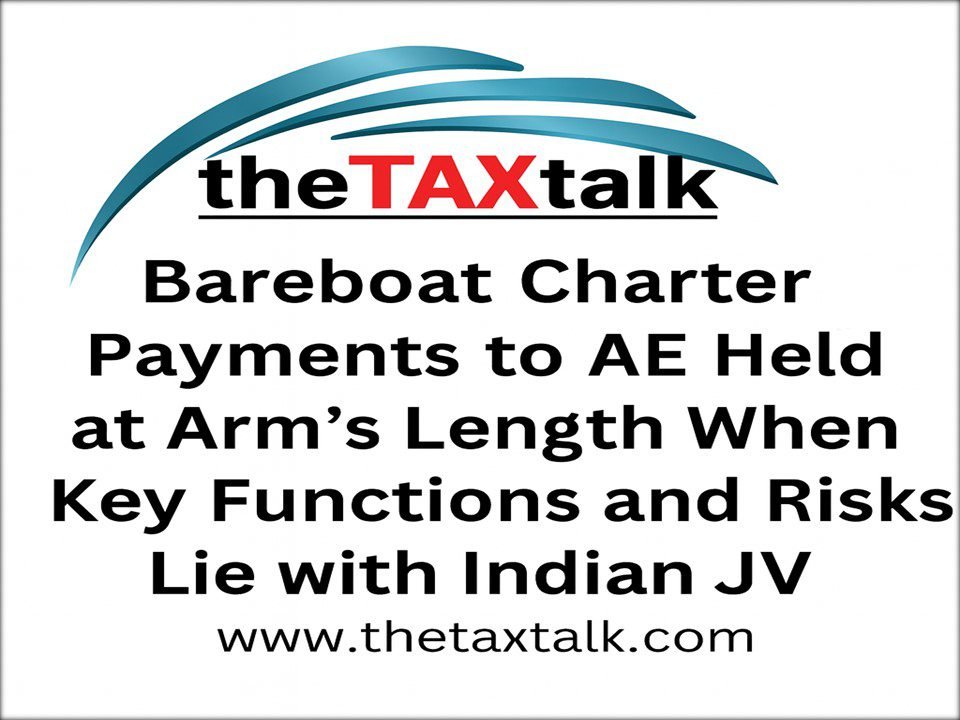![]()
Bareboat Charter Payments to AE Held at Arm’s Length When Key Functions and Risks Lie with Indian JV
Mumbai ITAT deletes TP adjustment on bare‑boat charter hire in SP Armada Oil Exploration for AY 2021‑22
Introduction:
In the case of SP Armada Oil Exploration Private Limited v. Deputy Commissioner of Income Tax – Circle 3(3)(1), Mumbai (ITA No. 6575/Mum/2024 for AY 2021‑22), the Income‑tax Appellate Tribunal – Mumbai Bench H (“ITAT”) allowed the assessee’s appeal and deleted the transfer pricing (TP) adjustment relating to payment of bare‑boat charter hire fees to its associated enterprise (AE) in Singapore. The decision holds significance for taxpayers facing TP scrutiny on international transactions under the Income‑tax Act, 1961 and highlights key considerations around form, functions, risks and consistency of benchmarking.
Facts of the Case
The assessee SP Armada Oil Exploration (a joint venture) secured a contract from Oil and Natural Gas Corporation Limited (ONGC) for supplying a Floating Production Storage and Offloading (FPSO) vessel and providing Operations & Maintenance (O&M) services for nine years. Since the assessee did not own the FPSO vessel, it entered into a bare‑boat charter hire agreement with its AE based in Singapore for the vessel supply. The assessee then furnished O&M services and additional scope to ONGC. The Transfer Pricing Officer (TPO) determined an arm’s length margin of 2.5% for the back‑to‑back arrangement with the AE and made an upward TP adjustment.
Core Tax / TP Issue
The key dispute centred on whether the hire fees paid to the AE for the vessel should be adjusted to reflect an arm’s length price under transfer pricing provisions in the Income‑tax Act. More specifically:
• Whether the assessee acted as a principal (not agent) vis‑à‑vis the AE, thereby bearing functions and risks beyond mere chartering.
• Whether the margins adopted by the TPO (2.5%) were appropriate given the functions, assets and risks of the parties (assessee vs AE).
• Whether the benchmarking approach adopted by the assessee (revenue‑split method) was acceptable and whether the assessee had discharged its onus under Form 67 regarding inter‑company negotiation and comparables.
• Whether consistency in prior years’ treatment (for AY 2016‑17) justified the approach adopted for AY 2021‑22.
Ruling of the ITAT
The ITAT upheld the assessee’s position and set aside the TP adjustment. Key findings included:
• The bench accepted that the assessee, being a joint venture, had substantive functions and risk‑taking capability in performing O&M and related services, beyond merely hiring in the vessel from its AE. The fact that the contract was entered into by the joint venture did not undermine the expertise of each partner or their scope of work. CaseMine
• The court noted that the arrangement was on a principal‑to‑principal basis (the assessee entered into the contract with ONGC and the AE separately with the assessee) rather than one of agent to principal. It found no basis in the TPO’s findings that the assessee failed to establish what negotiations it undertook with its AE or what market quotes were considered for hiring the FPSO vessel. CaseMine
• The ITAT took note of the fact that for AY 2016‑17 the Dispute Resolution Panel (DRP) in the assessee’s own case had accepted a similar transaction and benchmarking approach (revenue‑split) in favour of the assessee, and held that the principle of consistency warranted following the earlier treatment. CaseMine
• The bench further observed that even if one were to impute a 2.5% commission to the assessee, the aggregate payment would still be lower than observed comparable instances. Accordingly, the TPO’s benchmark was held not substantiated. Finally, the TP‑adjustment was deleted. CaseMine
Implications & Takeaways
For taxpayers, finance professionals and chartered accountants, this decision offers the following lessons:
• When structuring international transactions (especially in the context of charter‑hiring, cross‑border services and joint ventures), it is critical to clearly document the functions performed, assets deployed and risks borne by each party (assessee vs AE). The characterisation of the transaction (principal‑to‑principal vs agent) matters.
• The onus under Form 67 (international transactions) remains real. Even where it appears that the AE is providing an asset (vessel) to the assessee, if the assessee is performing significant services and bears risks, it should document the negotiation, independent quotes or hiring arrangements, and establish arm’s length outcome.
• Benchmarking methods (such as revenue‑split) may be acceptable where appropriate comparables and reasoning exist. Prior consistent treatment may lend weight to the taxpayer’s position (principle of consistency).
• TP–adjustments cannot be lightly imposed without granular functional analysis. The TPO must demonstrate that the selected margin (here 2.5%) is justified by comparables and that the taxpayer’s submission is deficient.
• For joint ventures undertaking large contracts with third parties (here ONGC), the mere fact of a JV does not automatically convert functions of the constituent partners into agency status; documentation around scope of work is key.
In summary, the ITAT’s ruling in SP Armada underscores that assessing international transactions under the Income‑tax Act demands careful alignment of functions, risk‑profile and benchmark justification. Tax professionals should ensure meticulous documentation of agreements, negotiations and benchmarking to safeguard against TP‑adjustments.
The copy of the order is as under:


